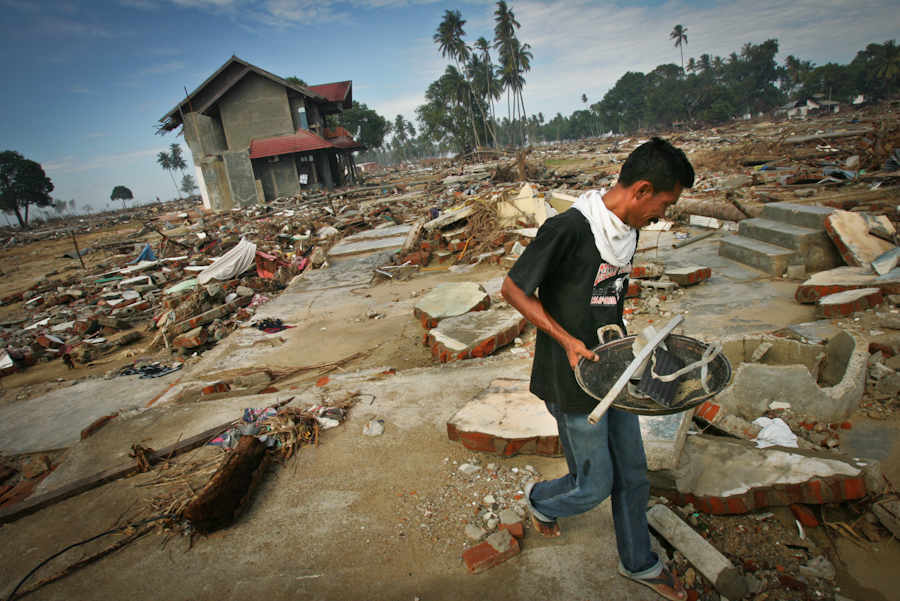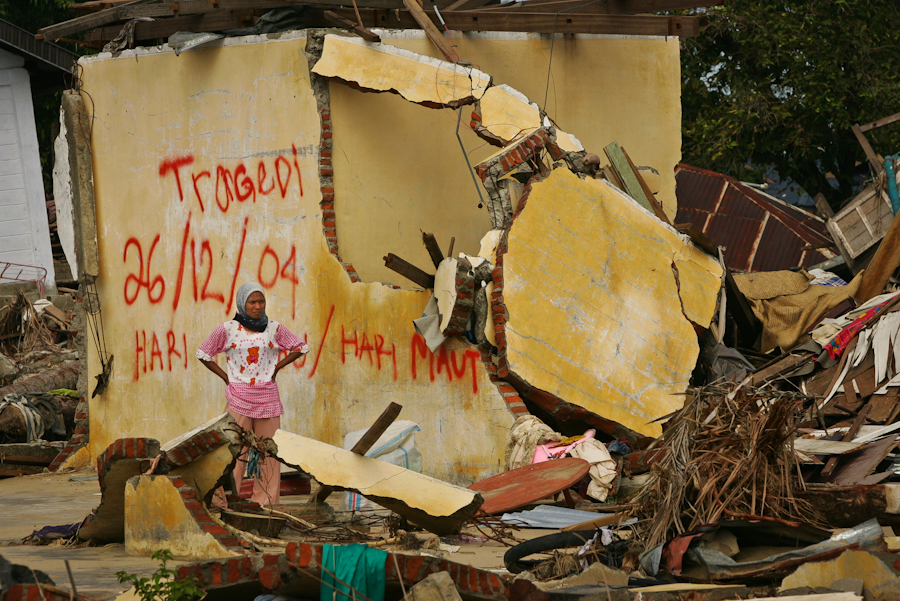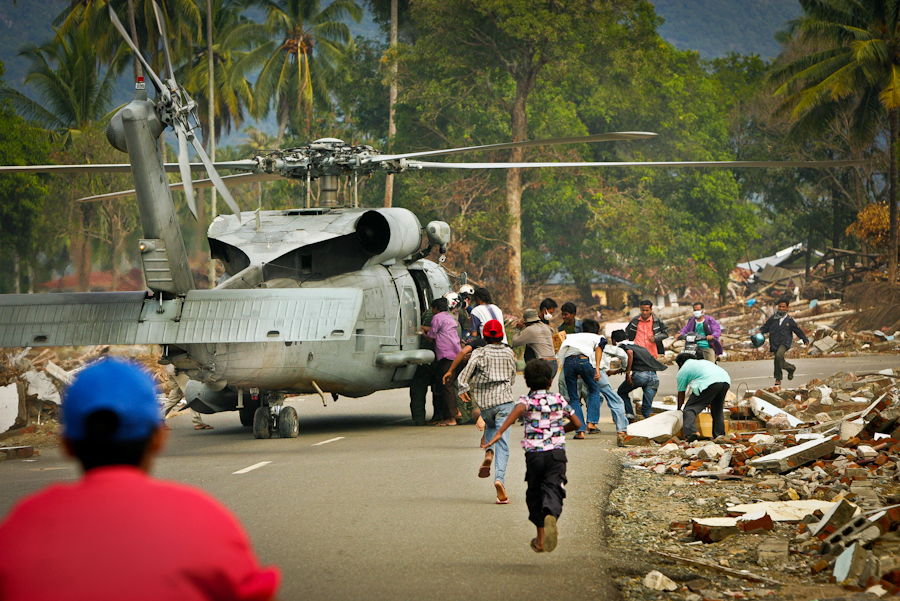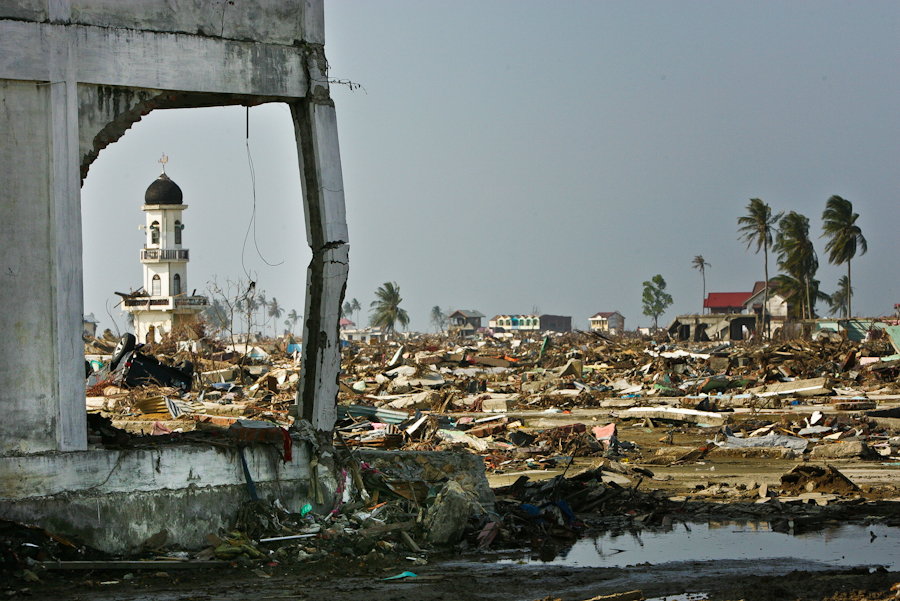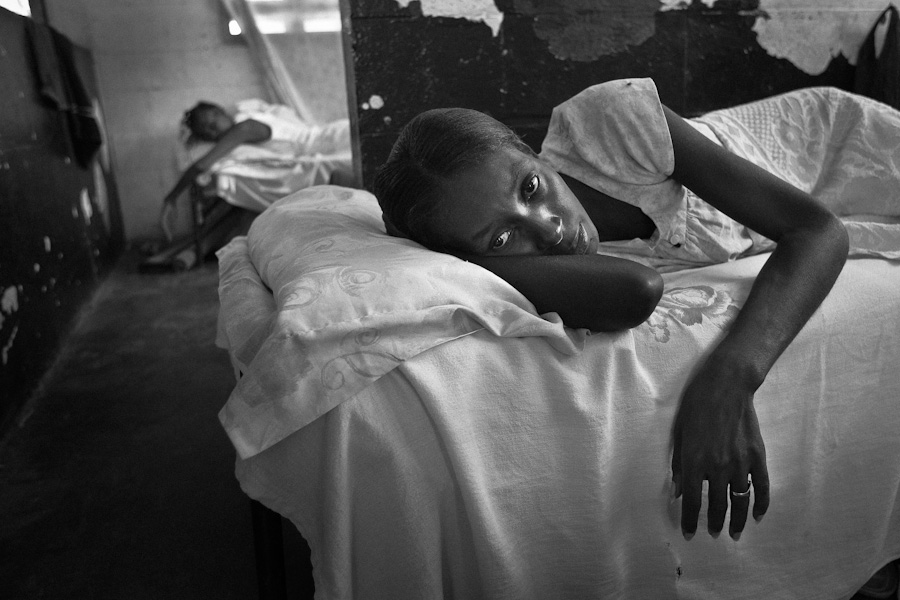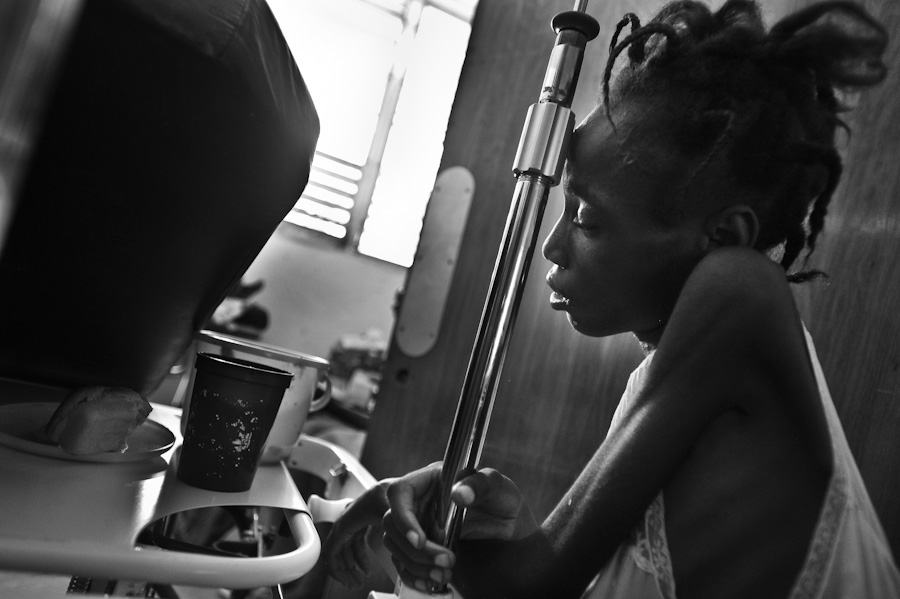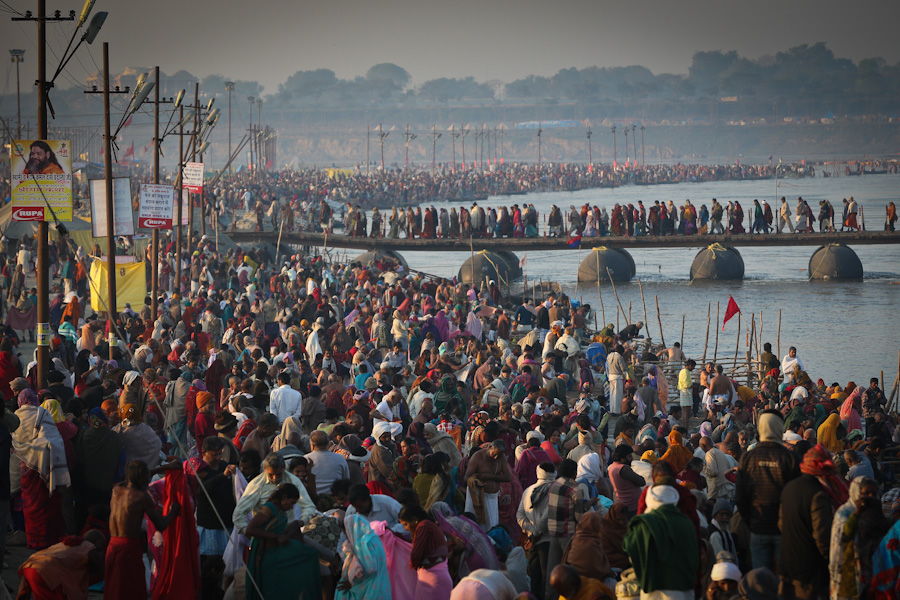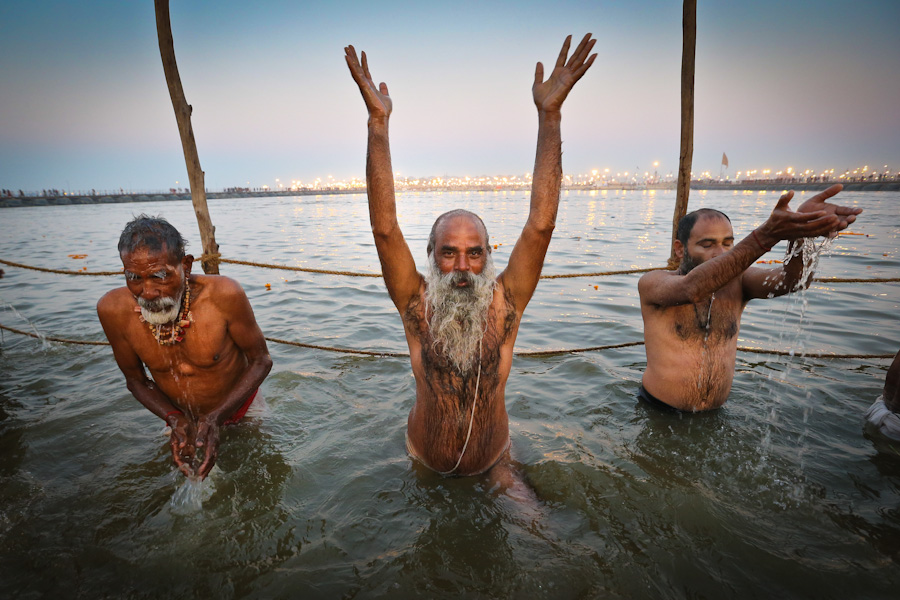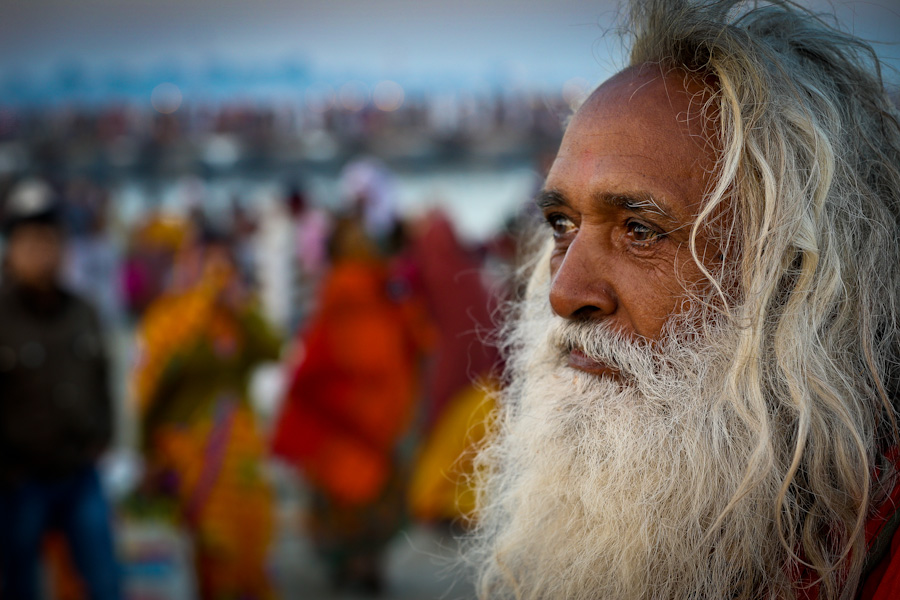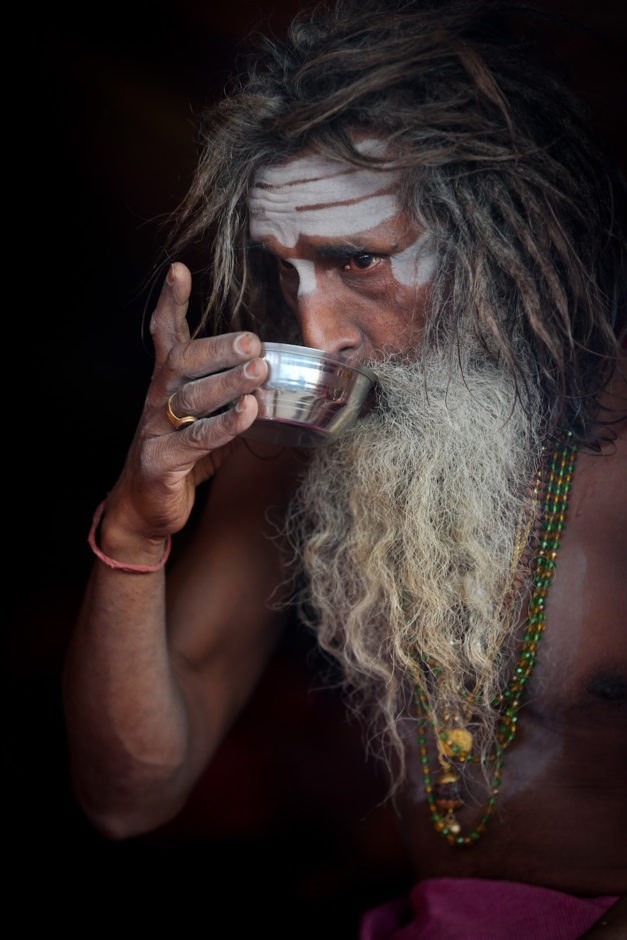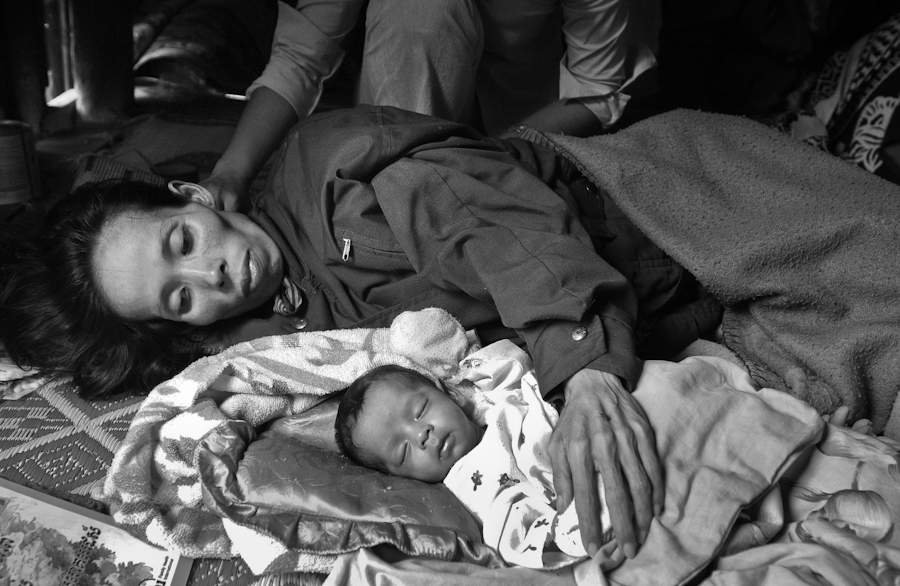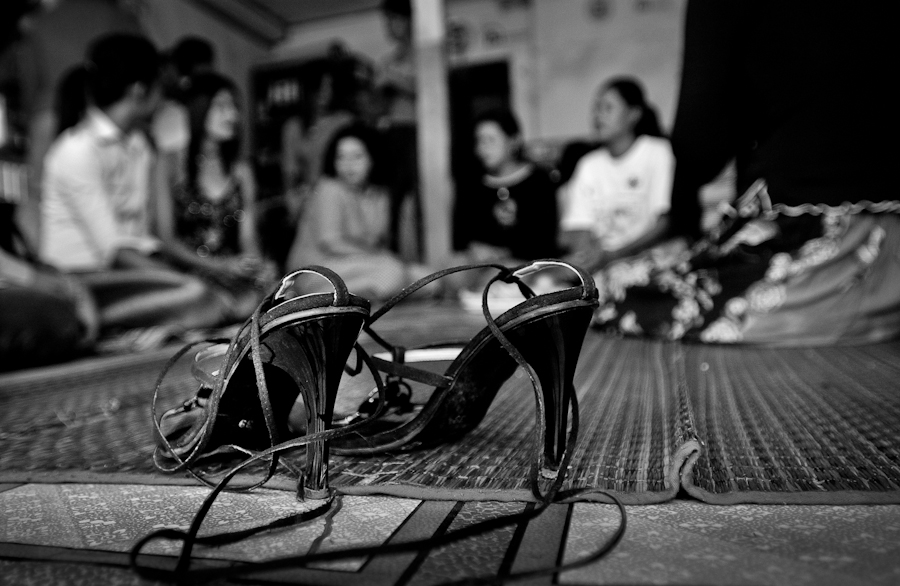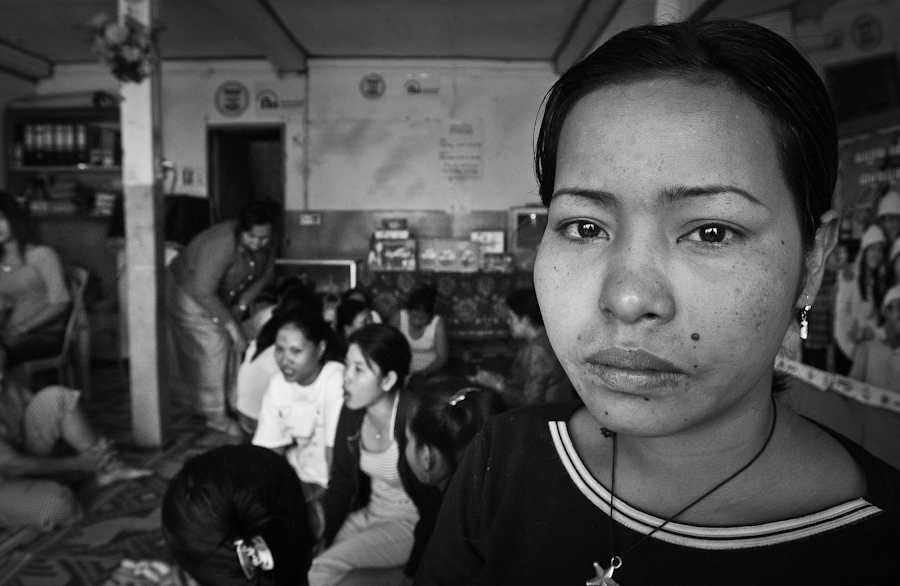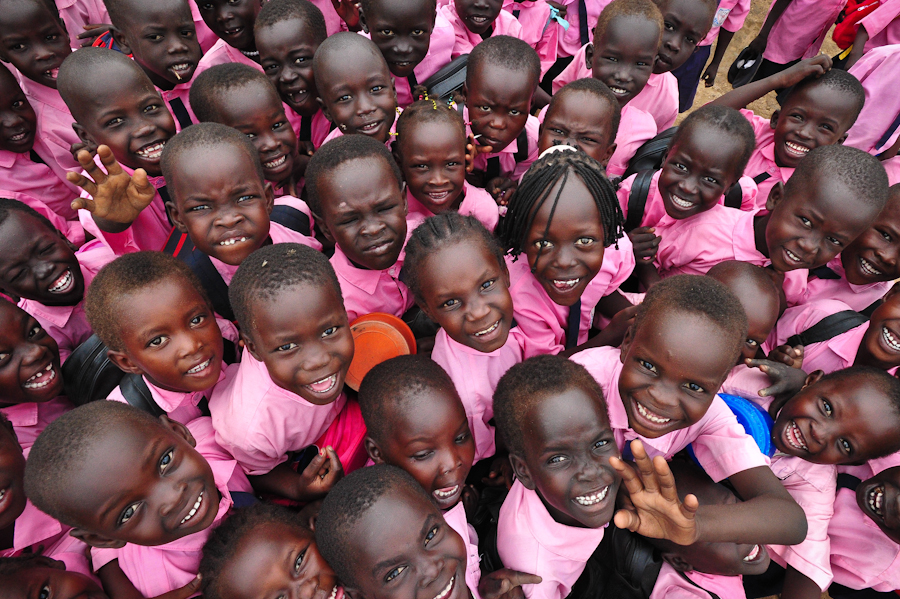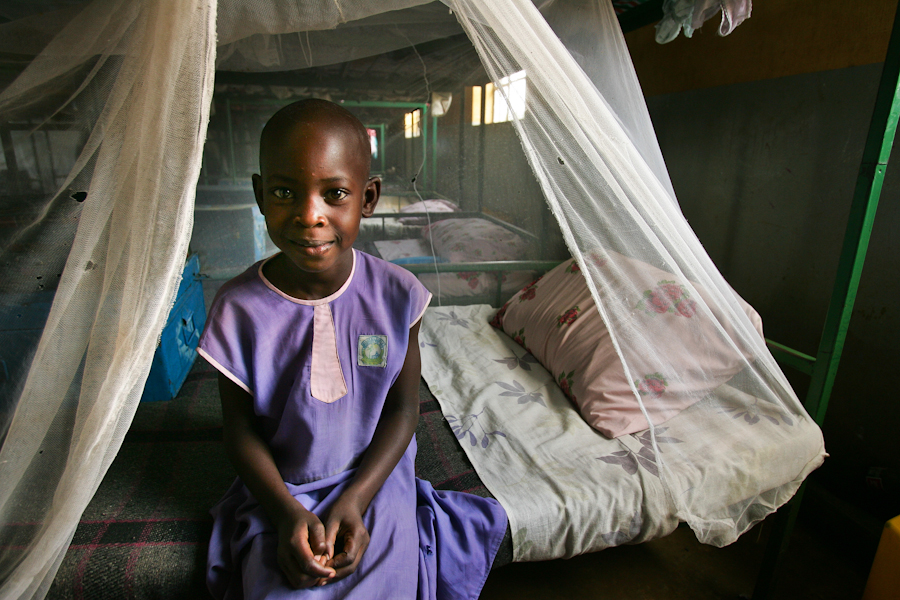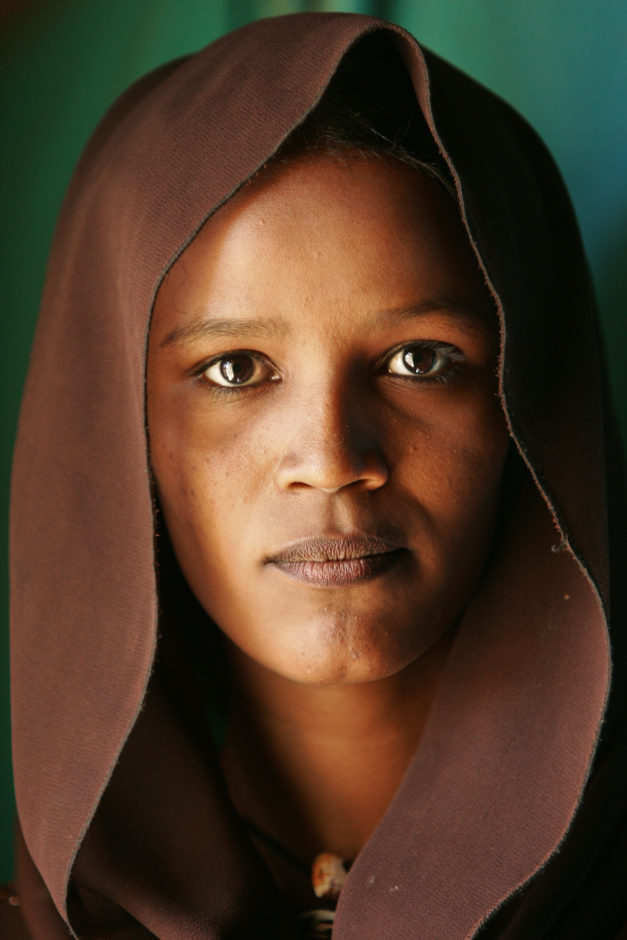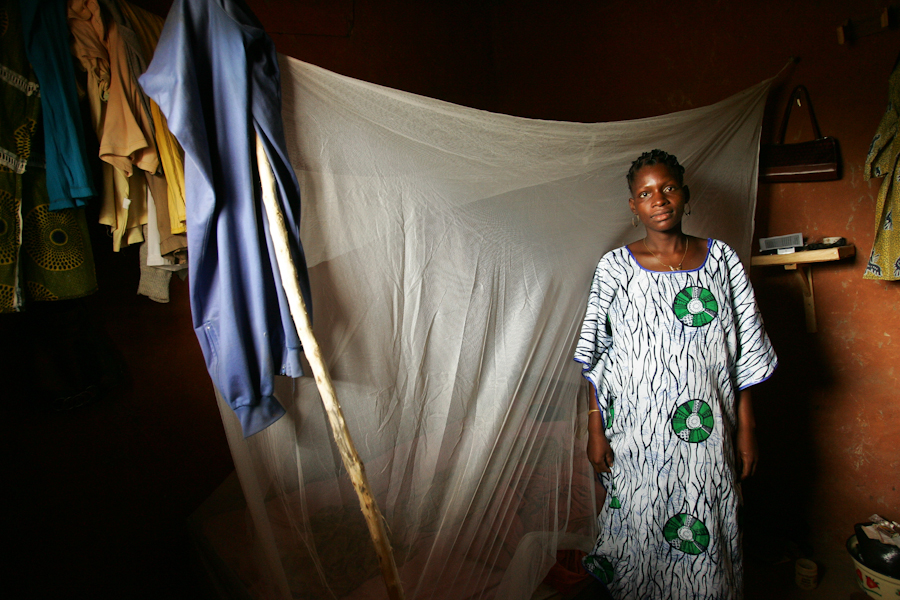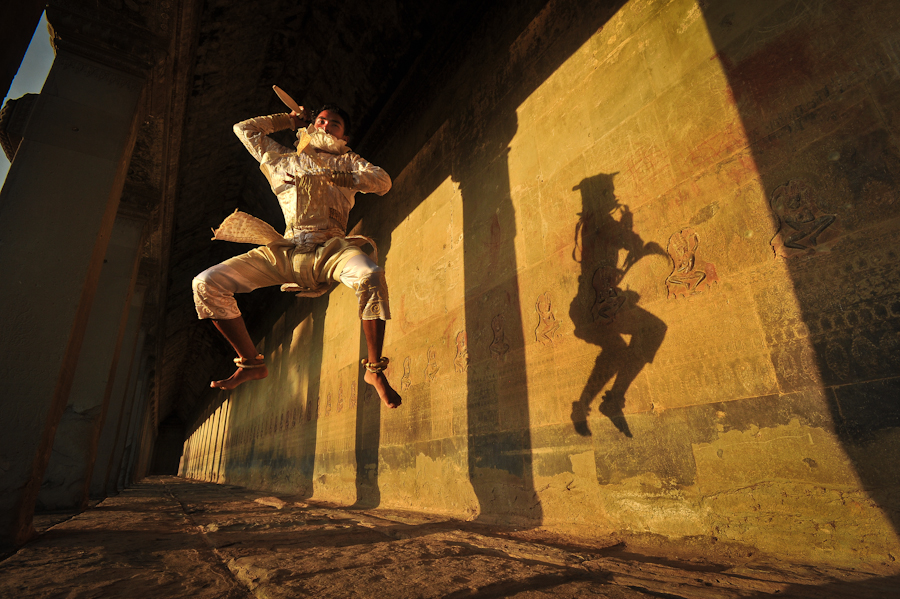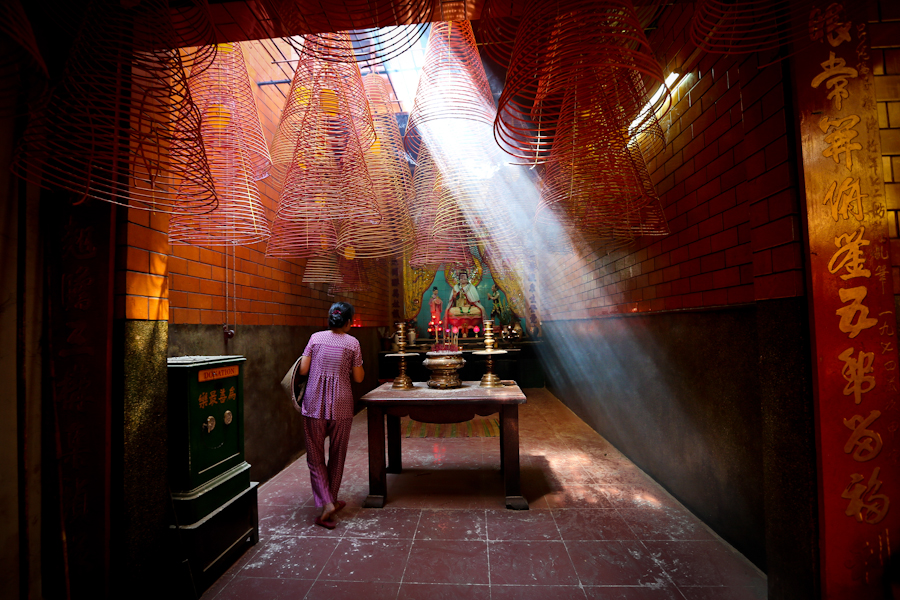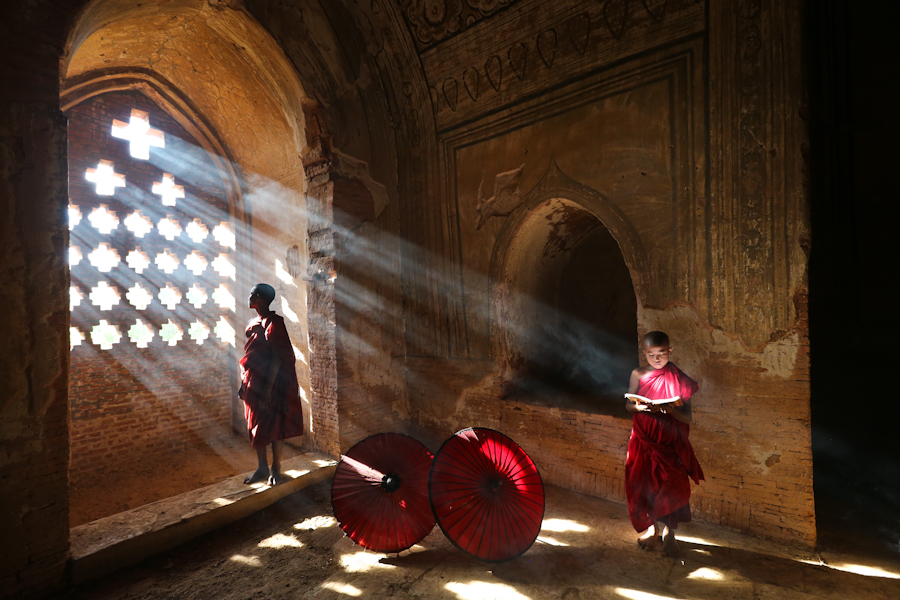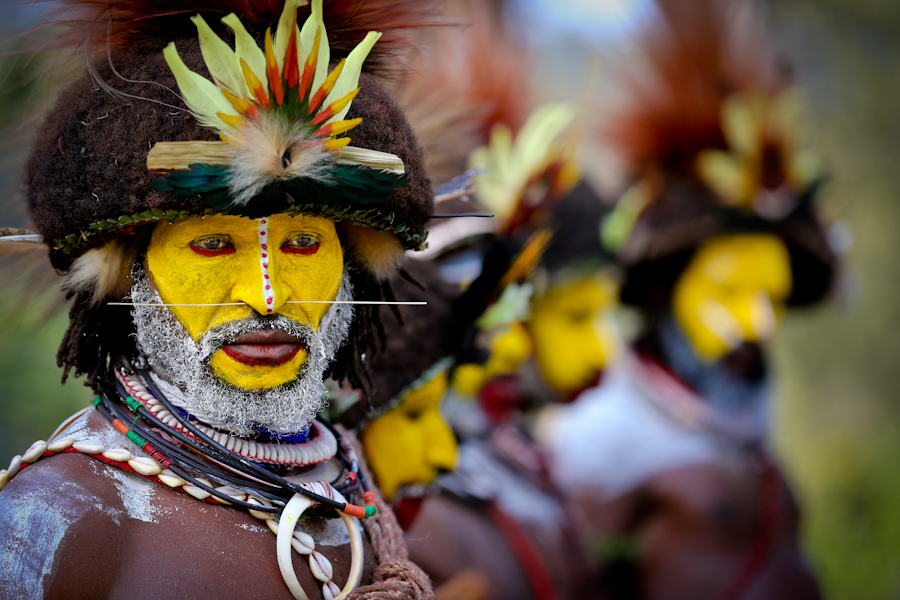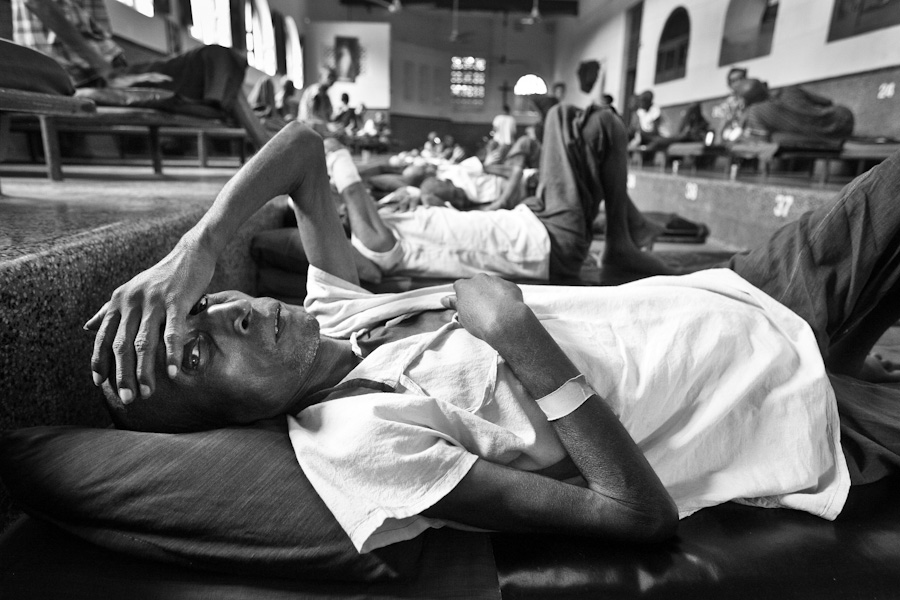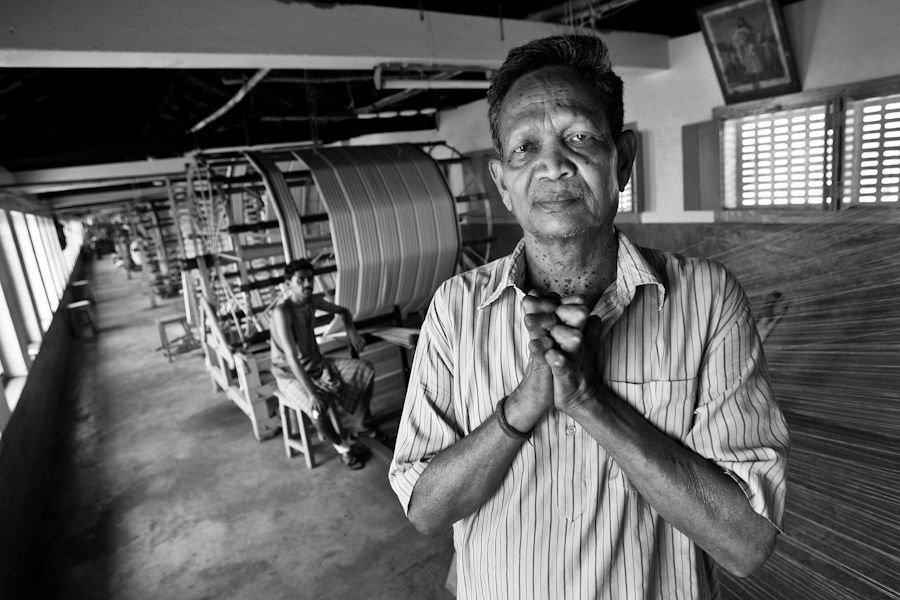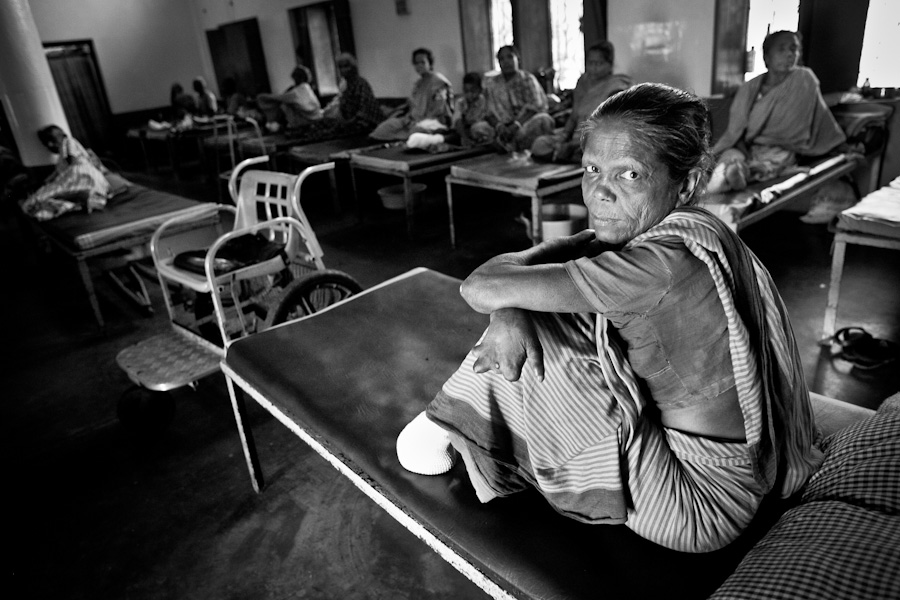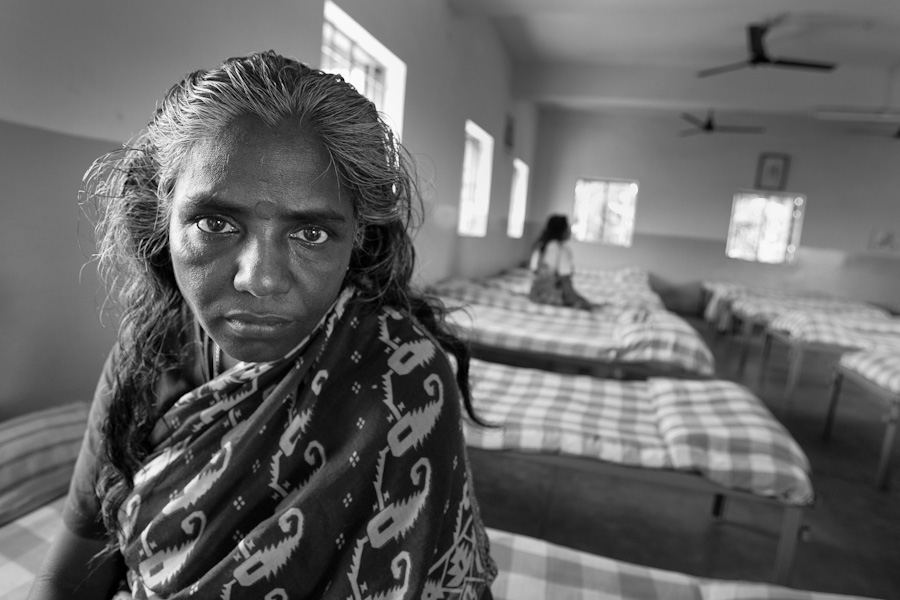Tsunami:
The 2004 Indian Ocean earthquake occurred at 00:58:53 UTC on 26 December with the epicenter off the west coast of Sumatra, Indonesia. The shock had a moment magnitude of 9.1–9.3 and a maximum Mercalli intensity of IX (Violent). The undersea megathrust earthquake was caused when the Indian Plate was subducted by the Burma Plate and triggered a series of devastating tsunamis along the coasts of most landmasses bordering the Indian Ocean, killing 230,000–280,000 people in 14 countries, and inundating coastal communities with waves up to 30 meters (100 ft) high. It was one of the deadliest natural disasters in recorded history. Indonesia was the hardest-hit country, followed by Sri Lanka, India, and Thailand.
It is the third-largest earthquake ever recorded on a seismograph and had the longest duration of faulting ever observed, between 8.3 and 10 minutes. It caused the entire planet to vibrate as much as 1 centimeter (0.4 inches)[10] and triggered other earthquakes as far away as Alaska. Its epicenter was between Simeulue and mainland Indonesia. The plight of the affected people and countries prompted a worldwide humanitarian response. In all, the worldwide community donated more than US$14 billion (2004) in humanitarian aid. The event is known by the scientific community as the Sumatra–Andaman earthquake. The resulting tsunami was given various names, including the 2004 Indian Ocean tsunami, South Asian tsunami, Indonesian tsunami, the Christmas tsunami, and the Boxing Day tsunami.
Man collecting usable items, Banda Aceh, Sumatra, Indonesia
Woman in front of ruined home, graffiti reads: Tragedy Dec 26, 2004, Day of Death
Civilians run toward a Helicopter from USS ABRAHAM LINCOLN which is landing on the road in Banda Ache.
Sailors from USS Abraham Lincoln (CVN 72) and Carrier Air Wing (CVW) 2 have been answering the call for volunteers to support humanitarian assistance and disaster relief in Aceh Province, Sumatra, Indonesia, since the ship arrived on station in the Indian Ocean Jan. 1 in support of Operation Unified Assistance. Crew members ensure that vital food, water and medicine supplies are ferried to the survivors of the devastating tsunami that struck the Aceh province on the island of Sumatra Dec. 26.
“It gives you a sense of doing the right thing,” explained Aviation Ordnanceman 1st Class (AW) Dallas Smith. “I saw what it (tsunami damage) looked like, and it gives me a good feeling in my heart knowing I’m doing something good for someone else.”
The Sailors catch the morning’s helicopters to Sultan Iskandar Muda Air Force Base in Banda Aceh, the logistics hub for relief efforts in northern Indonesia. There, they unload trucks and airplanes full of aid supplies, such as food and medicine, and then load it all back into the helicopters of CVW-2 for delivery to towns and villages isolated by the destructive wave.
According to Machinist’s Mate 1st Class William Gregory, of Redding, Calif., helping out just feels right.
“It makes me feel like I did something good for my country and for this country,” said Gregory.
US Serviceman holds back the crowd while another unloads rice, bisquits, and suppies donated to tsunami survivors
The minaret of Al-Tawhid mosque in Banda Aceh
.
.
.
Hôpital Albert Schweitzer Haiti:
The story of Hôpital Albert Schweitzer Haiti begins with a LIFE magazine article published in October 1947 about the medical missionary and philosopher Dr. Albert Schweitzer. Dr. Schweitzer’s commitment to bringing medical care to equatorial Africa had earned him the title, according to LIFE, of “the greatest man in the world.”
On the other side of the world, Larry Mellon—an heir to the Mellon banking and industrial fortune and then a successful cattle rancher in Arizona—was so transformed after reading this article that he felt moved to become a physician in a similarly challenged part of the world. From the beginning, Larry’s wife, Gwen Grant Mellon, completely supported the idea. Inspired by Dr. Schweitzer’s example, the Mellons determined to leave their lives in Arizona in order to deliver healthcare to those in need. Their work would be modeled after Dr. Schweitzer’s example and philosophy of compassion and respect for all people, but located in the Western Hemisphere and tailored to the needs of the community it would serve.
Soon after reading the article, Larry wrote a letter to Dr. Schweitzer that would begin a warm and close correspondence that would continue until Schweitzer’s death in 1965. Schweitzer won the Nobel Peace Prize in 1952 for his humanitarian work and philosophical writings.
At the age of 38, Larry needed to finish his undergraduate degree and complete medical school. While Larry earned his undergraduate and medical degrees from Tulane University, Gwen studied a variety of topics that would aid her in medical administration in the tropics—from laboratory research on malaria to formal study in Tropical Medicine. Indeed, Gwen was instrumental in receiving government approval and support of the plan, became closely involved with the design and construction of the hospital, and acted as a key leader in the daily running of the hospital for decades. For the rest of her life, HAS would be affectionately known as “Madame Mellon’s hospital.”
During the Mellons’ years in New Orleans, Dr. Adrien, a Haitian physician, and friend encouraged them to visit Haiti as they scouted a location where a modern hospital could accomplish the most good. Once the Mellons visited the remote, rural Artibonite Valley—the “rice basket” of Haiti—they found what they had been searching for. Here, a hospital could serve a large community that until then had had minimal access to medical care. Work on a system of irrigation canals was almost complete, and ever more people would be moving to the Artibonite. The need and opportunity to help were clear.
Hôpital Albert Schweitzer Haiti opened its doors on June 26, 1956. Named in honor of Dr. Schweitzer, the hospital, with its modern facilities and services, became a model for effective, compassionate healthcare in the developing world. Gwen and Larry Mellon would live and work at the hospital for the rest of their lives—dedicating their time, energy, and resources to furthering the health and well-being of an extremely challenged region of Haiti.
From the moment HAS was dedicated as a hospital, Larry expressed his great wish that Haitian healthcare workers and the greater community would be full partners in HAS’s mission to promote the health of the people of the Artibonite Valley. Investing in the training and professional development of local hospital employees was a priority from the very start. Today, 98% of HAS employees are Haitian, including the Medical Director, Dr. Herriot Sannon, as well as other physicians and top personnel.
From the Beginning, A Focus on Community Health and Development
Through the efforts of these pioneers in public health, HAS helped to create a model of effective, patient-centered healthcare delivery that would later be adopted by health organizations around the world, including the World Health Organization. Today, HAS runs one of the most active and efficient Integrated Community Services programs in all of Haiti, screening for malnutrition in children, providing vaccines and medicines, training community health workers and birth attendants, and aiding communities with crucial wells and water projects.
A Shining Light in Haiti for Nearly 60 Years
Over the past six decades, HAS Haiti has weathered public health crises, epidemics, natural disasters such as hurricanes and earthquakes, and political instability—setbacks that have repeatedly challenged the hospital’s staff, resources, and infrastructure. In 2014, HAS still must generate its own electricity, treat and process its own water, operate and maintain vehicles that deliver medicines and supplies, and manage a busy and complex hospital—all without any nearby modern infrastructure.
All the while, HAS has never closed its doors. HAS treated thousands of patients who sought care after the devastating earthquake in 2010, including many who required emergency surgery and other lifesaving interventions. Today, it is the only full-service hospital for approximately 350,000 people.
While much has changed in the past 60 years, the philosophy of HAS—to care for those who are most in need with dignity, compassion, and respect—has never wavered. Fully embedded in its community, HAS Haiti continues to be a model for effective, efficient, and compassionate healthcare delivery in a challenged setting

Aids patient Elmitha Pierre and her mother Timalo, holding her ARV medications: Timalo: “there is nothing without the hospital”
Some of my notes from the days I made these photos:
Today was a rather sobering day, it was one of those days when you gain an acute realization as to just how fortunate you are, by witnessing the suffering of others. I started the day by photographing the x-ray conference, a meeting of doctors and nurses in the morning before they do rounds. This morning one of the medical staff displayed a series of x-rays and everyone discussed the patient’s disease and what course of treatment might be appropriate to bring this person back to health as quickly as possible.
The air-conditioning in the conference room wasn’t working again today and it was stiflingly hot. We had to close the door because of the noise in the hallway, this just added to the staleness and the heat, but no one seemed to complain. We were all sweating profusely but just down the hall people had real problems, like TB, Aids, Cholera…so no one seemed to pay attention to how uncomfortable it was. As I photographed the meeting my mind simultaneously calculated exposure compensation values in order to get the shot of the x-ray while at the same time I thought about the commitment and determination of the professionals that I was photographing.
Everyone in the conference room including Haitians and ex-pats could probably choose to practice medicine just about anywhere they wanted to, but for some reason, they’ve decided to come to Deschapelles to work at hospital Albert Schweitzer. It certainly wasn’t for glamour, creature comforts, or notoriety. They are here to practice medicine in a place where people desperately need it. They do it in the spirit of Larry Mellon and his wife Gwen, who in the 1950s built this hospital in the most unlikely of places, to help the poorest of the poor.
I continued photographing but started to recall a dinner I had one time her in Deschapelles with Ian Rawson, the director of the hospital and a contingent of world health organization professionals, including researchers, brilliant physicians, and philanthropists. I remember sitting at dinner that evening wondering if the Haitians who lived around the hospital had any idea of the brain power in that room and how it was all collectively being brought to bear upon their problems and how they might be solved.
I’m not sure that the folks that live around the hospital have the luxury to ponder such thoughts, they are so busy trying to feed themselves and take care of their families on a day-to-day basis. That dinner remains in my mind is one of the most inspiring evenings I have ever spent. Thinking of all those healthcare professionals in a place like Haiti, trying to figure out how to use their God-given talents to help people that they don’t even know.
Anyway, when the meeting finished I followed the doctors as they did rounds checking on patients evaluating them and discussing their care. The physicians stepped into a room that was so small that there wasn’t space for me to make any photographs, so I headed down the hall to check on the girl whose picture I talked about yesterday, the one about which I was saying “gone are the days when a shocking photograph is used by an NGO to try to raise funds”….. you know….the one I said I was going to go back and try to make a more positive and uplifting image.
When I got to her room she didn’t seem any better, in fact, she seemed sicker. Now, how was I going to make a “happy” image, an image that showed progress or that she was getting well? Yes, she was sitting up in a wheelchair and somebody had moved her into the doorway about 6 feet away from where she would normally be, but she was so tired that all she could do was rest her head on the IV pole her heart racing and her boney rib cage going up and down as she struggled to breathe.
I started to take some photographs of her, I smiled, I gestured, I said good morning in my broken French, but she could barely even raise her eyes in recognition that I was there. Again, I’ll say an image like this is rarely used by an NGO’s to raise funds, but I think it does serve a purpose, perhaps it is, to make you stop long enough to read this post, and think.
I’ve done something with the image of the girl…that’s something that I usually don’t do….to manipulate an image using Photoshop. But I did… I took the color out of it, added a little sepia tone to give it a more warm, human color and I increased the contrast… The idea was to make it feel a little more stark, less distracting and more impactful.
Tomorrow, my last day shooting here, I’m going to try to go back and photograph her again… I”m going to try for a smile if I can get one, but maybe that won’t happen. For me, viewing that image, and visiting this girl in her hospital room reminds me how fortunate I am to have my health. Maybe that’s how it makes you feel. But, I’ll tell you something else also, this image speaks to the persistence and determination of the human spirit. Here, a little girl terribly sick, struggles every day just to breathe… I think to myself, if I was in her position would I just give up?
Maybe it’s that kind of raw, realization about life that keeps people coming to hospital Albert Schweitzer to help… Maybe for those working here, it’s not about being comfortable and it’s not about making lots of money… It’s about making an impact on other people’s lives… Helping those less fortunate than themselves.
I’ll be the 1st to tell you, I’ve got the world’s best job not because I get to travel all over the world and see so many places, but rather, it’s the best, most inspiring job because I get to hang out with the most amazing people…people who work at hospital Albert Schweitzer and all the other NGOs around the world who are doing so much good.
So, yes, it was a sobering day and one that I will unlikely forget. Starting the day by making a picture of a very sick child and culminating with a photo session in the operating room, documenting a below-the-knee amputation of a patient who despite the doctor’s best efforts to save his leg, was unsuccessful.
When I asked the surgeon about the procedure he said, “you know, in most countries when the doctor tells the patient and the family that they’re going to amputate a limb there is a huge uproar and everyone argues that the healthcare professionals must do everything possible to save that limb, while here in Haiti it’s just not possible in some cases, and the patient’s just accept their fate” .
As I packed up my camera gear after surgery, I thought of what Ian Rawson had told me on Sunday night; that he wanted me to capture images of “perseverance” because that’s the one thing he says is so prominent here in Haiti at Hopital Albert Schweitzer. Everyone perseveres, the physicians, healthcare workers, the patients; and especially Rose, the little 13-year-old abandoned girl in the lead picture, who continues to fight for each and every breath.
Hopital Albert Schweitzer is indeed, a very sobering and yet inspiring place.
Rose
A Tribute To Rose: A story and communications with other hospital staff about Rose after I left Haiti:
(November 14th) This morning I got the news that Rose passed away. You may remember Rose from my post of August 31, 2011 entitled “Perseverance”. Rose, an abandoned, gravely ill 13-year-old girl, was a patient a Hopital Albert Schweitzer in Haiti, while I was there shooting an assignment. Before reading further you might want to go back and read “Perseverance” in order to understand this story in the context of the bigger picture. Click here to read the prior post “Perseverance”
Over the years, while covering natural disasters like the 2004 Indian ocean tsunami and photographing things like HIV Aids and human trafficking for my NGO clients, I’ve seen my fair share of pain and suffering and have been “touched” by many individuals and their stories, and often times, I can’t keep them off of my mind. Rose was one of those people. For whatever reason, Rose really touched my heart. She seemed so lonely, with no family or friends visiting her. I could see that Rose struggled each time while trying to breath, she was so frail; yet I could see that she was determined to survive.
After finishing my photography for Hopital Albert Schweitzer, I left Haiti, but I couldn’t stop thinking about Rose, so I sent an email to a Physical therapist named Shiuan, who I had met during my stay at Alumni House at HAS. Shiuan was volunteering for Hopital Albert Schweitzer for a few weeks and so I knew that she was still there. On September 3rd, I sent Shiuan the following email…
“Hi Shiuan,
I hope your time at H.A.S is going well. Please say hi to Ben and Susan and Wiji and everyone else for me.
Shiuan, if you don’t mind, please ask Ben to send me an email, so that I have his email address, as I seem to have lost it.
And last but not least, if you could go check on Rose; the skeletal 13-year-old abandoned girl with TB and give me a status update, I would be very appreciative. I can’t stop thinking about her.
Thanks,
Karl”
On Sept 13th, Shiuan replied…
“I got to see Rose briefly today and got the update from Dr. Andreas and Dr. Tobias. Apparently, the story is that she only has a grandmother to care for her. Dr. Andreas had seen her 5 times before. Every time the hospital would help get rid of the excess edema/swelling from around her heart, she would go home and it would come back again due to lack of proper care. Currently, her abdomen is enlarged (from ascities, a form of liver failure) and she probably doesn’t look any better than when you last saw her. I am sorry I don’t have better news for you Karl, I think you realized way back when that prognosis was poor. I will keep an eye on her and try to visit with her when I can and for as long as I’m here. “
In early October Shiuan left Hoptial Albert Schweitzer to return home, on Oct 7 she emailed me…
“Hi Karl, hope you are doing well! I just got home last night and I’m already missing Haiti and everybody I met! I was able to get a last update on Rose before I left. She is about the same, not worse, not better. Her heart and liver are still failing but you have to know that she is being well taken care of. The PTs in the hospital have been keeping watch, taking her to the bathroom twice a day, and getting her food.”
I was in India when I received Shiuan’s next email. I guess that Shiuan was so touched by her experience of volunteering at HAS that she had arranged a local fundraising dinner party in Colorado. At that dinner party was Alan, another Physical Therapist who was volunteering at HAS. Alan had some news about Rose that she then shared with me in the following email.
“Hi Karl, I hope you are well! I can’t believe technology allows you to blog on a train in India! We had a successful Haiti Night to fundraise for HAS and thanks again for allowing us to use your beautiful photos to drive the point home!
Do you remember Alain? PT from Monterey? He actually came to Colorado for the Haiti night. We got to talking and found out Rose had passed away the last week in September. I don’t know if you knew….sorry I don’t have better news to report…Shiuan”.
I also received this email from Mary, a Physical Therapist who was working at HAS while I was there. She wrote….
Hi Karl – you probably don’t remember me and you don’t really have to – just found your business card in my wallet while scrounging for something else. I am not even sure that i haven’t already told you this- but I think you won’t mind hearing it twice.
All the physical therapists and some of the doctors put in money to pay for a helper for rose her last three weeks – it was our cook Edit – she is fantastic and doesn’t take no for an answer – she also has 2 girls a little younger than Rose was – she visited each day – gave Rose a bath, brought her food she wanted and liked and had her girls and their friends visit her – she took her outside and generally made her life so much better – she is a wonderful lady – I thought you might like to know that she wasn’t alone and was well cared for till the end –
your new photos are lovely and strong and inspiring – glad someone is capable of this gift
take care – am hoping to get back to Haiti in a month or two – our teaching program has been suspended since so many people are being laid off, the hospital didn’t feel they could train new people. there are always avenues there –
take care – it was good to spend some time with you there —Mary Christman PT
Shiuan’s email wasn’t a surprise to me; in fact, I had never really expected to hear that Rose would have survived a week after I left, much less almost a month.
Now, I’ve never told anyone this…not even Shiuan, and I’m not telling you in an attempt to be self-serving, but rather because I think it’s an important lesson…it was for me. If I hadn’t followed through on the gut reaction I had in Haiti, I would be kicking myself today.
It seemed obvious to me that Rose’s days were numbered. Seeing her struggling so hard, yet not having any family or friends visit her made me think that I should do something nice for her; something to help lift her spirits; and that I should do it immediately.
So, after finishing my photography one afternoon at the hospital, with $20 in my hand, I walked down to the outdoor market which is haphazardly set up in a river-bed a few hundred meters from the hospital entrance. There, I purchased Rosa a second-hand dress, three blouses, a skirt, 3 brand new pairs of underwear, some perfumed soap, a bottle of skin lotion and some shampoo. Then, I found some fruits, crackers, and candy and then, with the last two dollars, I bought 2 large plastic bowls.
I arranged everything in the two colorful baskets and brought them to Rose’s room. When I arrived to deliver everything, Rose was struggling to breathe and very lethargic, but she acknowledged the gifts and I think she even, almost smiled.
Later on that evening, I returned to the hospital to check on Rose. When I walked past her room, I saw that she had re-arranged all the items neatly around herself.
What I did for Rose was for the most part, “symbolic” and I don’t need praise or credit for it. The real praise and credit goes to the doctors, nurses, donors and volunteers like Shiuan who keep Hopital Albert Schweitzer going. Although Rose had no money, the staff and volunteers at Hopital Albert Schweitzer cared for her; in those, her final days. Hopital Albert Schweitzer has been taking care of patients like Rose, every day since 1956.
I shudder to think what Rose’s last days would have been like without Hopital Albert Schweitzer.
So, perhaps the moral of this story is… sometimes we think that our efforts or our donations might not make a difference…but, go with your gut, because they do…they really do….and for me, Rose, is only the most recent example of that fact.
If you’d like to help someone like Rose, donate to Hôpital Albert Schweitzer Haiti or to your favorite charity. You can make a difference in someone’s life.
Rose
.
.
.
Maha Kumbh Mela:
Gods, Gurus and the Ganges: 70 Million gather for India’s monumental Maha Kumbh Mela 2001
Once every 12 years, millions of the world’s most zealous Hindu pilgrims gather at the confluence of the Ganges and Yamuna rivers near the city of Allahabad for the greatest of India’s immersion rituals, the Maha Kumbh Mela. This year’s Maha Kumbh Mela is particularly auspicious, being the first of the new millennium and coinciding with an astrological planetary alignment occurring only once every 144 years. By the time the 2001 Kumbh Mela ends on February 21st, approximately 70 million saints, sinners, Sadhus, faith healers, preachers, gurus, charlatans and devotees from across India and the world will have participated in perhaps the single most colossal gathering of humanity since the dawn of time.
In Hindu mythology, Gods and demons fought over the pot (Kumbh) of the divine nectar of immortality. The Gods ultimately obtained the pot of nectar, spilling some back on the earth, upon four cities in northeastern India: Allahabad, Ujjain, Nasik and Haridwar. The Kumbh Mela rotates between these sites every four years. Allahabad, (the modern name of the holy city Prayag, meaning “holiest of the holy”) located at the confluence of the Ganga, and Yamuna rivers is considered the most sacred and important location for the Mela.
Hindus believe that during this year’s Kumbh Mela a bath in the Sangam (the holy confluence of the Ganga and Yamuna rivers) will cleanse them of their sins, and grant an escape from the endless cycle of reincarnation.
The Maha Kumbh Mela is truly a microcosm of Indian society at its most spectacular. The six-week spectacle is a passion-filled festival, which transcends creed, caste, and religion. For the throngs of Hindu devotees who will travel here, it is a chance at salvation.
Of the 70 million or so attendees at the Kumbh, most are rural villagers and commoners who have traveled for days, weeks or even months by any means possible on a personal search for the divine. Carrying bundles of provisions on their heads, unprepared for the low temperatures, they will sleep on the open ground; eat whatever is available and brave conditions that most westerners would find unimaginable. They have come for the opportunity of a lifetime, the opportunity for a miraculous dip into the cleansingly frigid waters of the Ganges on this sacred occasion.
I have photographed the Kumbh twice, once in 2001 and then again in 2013. I plan to attend in 2025 again.
Millions head to the water for a sacred bath
Bathers at the Sangam
After a dip in the Ganges
Sadhu drinking tea
Sadhu
.
.
.
HIV/AIDS Cambodia:
PHNOM PENH, CAMBODIA: To see people dying in AIDS hospices, on the streets, and in their modest homes is to wonder if a country that endured so much suffering under the Khmer Rouge can bear any more grief. Clearly, Cambodia’s agony did not end with the death of Pol Pot and the collapse of his regime. A new, more deadly scourge threatens to tear apart Cambodia’s economic and social fabric. Cambodia’s government and economy, weakened by decades of civil war, is ill-equipped to combat this new, virulent enemy from within.
According to the Joint United Nations Programme on HIV/AIDS, in 2003, 38 million people worldwide were living with the virus. That year, an estimated five million people acquired HIV; that’s the greatest number in any given year since the beginning of the epidemic. Three million more perished from it. To date, over 20 million people have died since the first cases of AIDS were identified in 1981.
In Cambodia, there are an estimated 220,000 HIV/AIDS sufferers in a country of 11.5 million. Relief workers say the scourge is worsening. By 2005, Cambodia will be home to an estimated 145,000 AIDS orphans. The future for these children seems bleak. Without parents, they are destined to live on Phnom Penh’s streets, where the sex trade and human trafficking awaits–a scenario that predisposes them to the same fate as the parents they lost.
Family Health International (FHI) is a global leader the field of AIDS prevention. Working closely with many governments and nongovernmental organizations (NGOs), including those in Cambodia, FHI’s objective is to reduce HIV transmission and improve HIV/AIDS care and support, mainly among commercial sex workers and their clients–those at highest risk of HIV infection. FHI also manages the IMPACT (Implementing AIDS Prevention and Care) Project, the U.S. Agency for International Development’s organization that addresses the global HIV/AIDS pandemic.
In Phnom Penh, FHI educates sex workers on topics such as proper use of condoms and how to negotiate safe sex. Using a peer-to-peer model, FHI trains volunteer prostitutes–known as peers–in the use of educational materials such as illustrated flip charts and leaflets. These trained peers then fan out into the brothels and set up small group meetings where they pass along valuable, often lifesaving information to other sex workers. The meetings also serve as focus and support groups where participants discuss topics including ways to protect themselves against HIV.
While the majority of HIV transmission in Cambodia occurs through heterosexual contacts, there remain some hidden subpopulations that practice high-risk behaviors and are vulnerable to HIV infection. As demonstrated by other countries in the region, one of the groups requiring attention are men who have sex with men (MSM). In addition to supporting HIV/AIDS prevention among sex workers, including transgender individuals who are part of the MSM subpopulation, in 2001, FHI initiated a program targeting HIV/Sexually Transmitted Infection (STI) prevention interventions among men who have sex with men. These interventions have been conducted through local NGOs, where the focus is on safer sexual practices, knowledge about HIV/STI and information about appropriate STI treatment.
Integral to the effort to reduce the spread of the disease is the Number One brand condom. In response to the growing HIV/AIDS epidemic in Cambodia, Population Service International (PSI) launched the “Number One” condom in late 1994. Today, PSI/Cambodia provides a reliable supply of inexpensive condoms to support the government’s “100 percent condom use in brothel” policy. According to PSI, by 2002, approximately 97 percent of all brothels in Cambodia had a supply of Number One condoms readily available.
For those already suffering from HIV/AIDS, FHI provides programs to assist HIV-positive people by offering services like drug-adherence counseling, peer education, and support groups. All this effort is paying off. Major strides have been made in reducing the self-stigma that people living with AIDS feel as they cope with the disease. As one HIV-positive woman puts it, “I don’t worry about my disease. I am just trying to live my life. I don’t want to dwell on my misfortune.”
People living with HIV/AIDS seek help from hospitals without shame. They receive high-quality care and no longer face discrimination by hospital personnel. Perhaps the greatest success in this regard is the increased number and education of health-care staff allocated to HIV/AIDS patients.
At several hospitals, HIV patient care and treatment activities have been integrated into existing health services. With the support of USAID, FHI has worked closely with the National Center for HIV/AIDS, Dermatology and STIs to develop clinical training courses and to facilitate the introduction of the new HIV-specific services. Patients are now able to access a host of HIV services: counseling, testing, diagnosis, treatment of opportunistic infections and tuberculosis, as well as services to prevent mother-to-child transmission of HIV. Recently, several hospitals have even begun limited treatment using antiretroviral therapy on HIV-positive patients. A referral system has also been established between hospitals and community caregivers to enable patients to continue receiving care once they are discharged from the hospital.
Through the combined efforts of local and international organizations, progress is being made. If Cambodia is to gain a foothold against this killer, it will have to continue implementing strong prevention programs, providing care, treatment, and support to people living with HIV/AIDS–including the children they have left behind.
Trends over the next decade will indicate if strides are being made. Meanwhile, people will suffer and die, families will be torn apart, and HIV/AIDS will continue to fill Cambodia’s morgues with its victims. Most of the world will not notice or even care to understand the lives of countless Cambodians suffering silently on the street, behind closed doors, in hospices, homes and in hospital wards half a world away.
Photographer’s Note: My photographs and story are important only in as much as they help bring awareness to those who are unable to witness firsthand the effects of this terrible epidemic. The images likely represent the only permanent record of these individuals who, while working to combat or while dying from the disease, allowed their photographs to be made. Many of the subjects expressed a desire to help others see, through their suffering and their efforts, the tremendous need for governments, communities, and individuals to reach out and help. I have done my best to portray these people with dignity and respect. It is my sincere hope that I have not and will not let them down. Meanwhile, I stand in awe of many of the individuals I met while working on this story: kind, committed, selfless Samaritans working quietly among the victims of a disease so misunderstood and feared that many of us would turn our backs rather than take the time to care.
If we are to beat HIV/AIDS, we cannot stand idle a moment longer.
-Karl Grobl
Jan. 20, 2004 – Batambang, Cambodia – A woman whose husband recently died of AIDS lies emaciated and near death herself in her home near the city of Batambang. Workers with Family Health International, a large NGO working on the AIDS epidemic, visit her and other patients, doing what they can to assist The baby was too young to test for HIV , the mother died 3 days after this photo was taken, never knowing if the virus was passed along to her child.
Jan. 20, 2004 – Phnom Penh, Cambodia – In the brothels of Phnom Penh sex workers involved in Family Health International’s (a large NGO working on the AIDS epidemic) HIV/AIDS education program, meet to discuss strategies to protect themselves and educate others about the HIV/AIDS epidemic.
Jan. 20, 2004 – Phnom Penh, Cambodia – Sex workers involved with Family Health International, pan out into local slums to educate other prostitutes and the local community about safe sex and preventing the spread of HIV/AIDS.
Jan. 20, 2004 – Phnom Penh, Cambodia – In the brothels of Phnom Penh, sadness in the eyes of a sex worker who had just been informed that her HIV test came back positive. In the background a meeting of other prostitutes involved in Family Health International’s HIV/AIDS education program. FHI plans to assist this girl in her upcoming battle against HIV/AIDS.
A child stands over her dying father and her younger siblings at the bedside
.
.
.
Malaria in Sub Saharan Africa:
In 2002, the same year I began my career as an NGO photographer, the United Nations Millennium Campaign began. The program was designed to support and inspire people from around the world to take action in support of the Millennium Development Goals. Millennium Development Goal, Target 6C, was aimed at “halting and beginning to reverse the incidence of malaria by 2015”.Since 2002, I have had the opportunity to photograph the activities of NGOs in Asia, Latin America, and Africa, as they battle this killer disease. Images used in this blog post were made documenting the anti-malaria activities of my NGO clients in Sudan, Burkina Faso, India, and Uganda.
WHAT ARE THE RESULTS AS OF 2015?Between 2000 and 2015, malaria incidence (the rate of new cases of malaria) fell by 37% globally. During the same period, malaria mortality rates decreased worldwide by 60% among all age groups, and by 65% among children under 5. An estimated 6.2 million malaria deaths have been averted globally since 2000.An increasing number of countries are on the verge of eliminating malaria. In 2014, 13 countries reported zero cases of the disease and 6 countries reported fewer than 10 cases. The fastest decreases were seen in the Caucasus and Central Asia (which reported zero cases of malaria in 2014) and in Eastern Asia.Despite tremendous progress, malaria remains an acute public health problem in many regions. In 2015 alone, there were an estimated 214 million new malaria cases and about 438 000 deaths.In 2015, 15 countries accounted for 80% of malaria cases and 78% of deaths globally. Since 2000, the decline in malaria incidence in these 15 countries (32%) has lagged behind that of other countries globally (54%).Most of these countries are in sub-Saharan Africa, which continue to carry a disproportionately high share of the global malaria burden. In 2015, the region was home to 89% of malaria cases and 91% of malaria deaths.
WHAT IS THE PLAN FOR THE FUTURE?
The WHO Global Technical Strategy for Malaria 2016-2030, adopted by the World Health Assembly in May 2015, provides a technical framework for all malaria-endemic countries. It sets ambitious but achievable goals, including: Reducing malaria case incidence by at least 90% by 2030; Reducing malaria mortality rates by at least 90% by 2030; Eliminating malaria in at least 35 countries by 2030; Preventing a resurgence of malaria in all countries that are malaria-free.
WHAT ABOUT FUNDING?
Between 2000 and 2015, there was a 20-fold increase in global investment for malaria control. Domestic investments also increased year on year. This surge in funding led to the unprecedented roll-out of key, life-saving interventions to prevent, diagnose and treat malaria. To achieve the targets of the WHO Global Technical Strategy, annual funding for malaria will need to triple over the next 15-year period, from US$ 2.7 billion (current level of spending) to US$ 8.7 billion (2030).
While much has been accomplished in the last 15 years, much remains to be done in order to beat this disease. Awareness is the first step in the fight.
School children, South Sudan
Child and mosquito net, school dormitory, Uganda
Woman at malaria clinic, Wad Shamam, central Sudan
Elementary school children, Islamic school, rural Guinea, West Africa
Pregnant woman and mosquito net, outskirts of Oagadougo, Burkina Faso
.
.
.
My Travels:
These days I spend much of my time leading photography tours and teaching photography workshops, which gives me the opportunity to make photographs just for fun. It’s hard for me to pick favorites from the many images in my database, but here are a few that make me smile.
These days I spend most of my time leading photography tours and teaching photography workshops, which gives me the opportunity to make photographs just for fun. It’s hard for me to pick favorites from the many images in my database, but here are a few that make me smile.

Parwan provence, Bagram District, Qurogh-chee village where EDC has a LCEP program. Sayed Najibullah micro enterprise / skills training coordinator for EDC LCEP program leads members of the Commumity Develpment Committee and youth groups of Qurogh-chee village across a bridge over the Pang-sher river the bridge was built by the Qurogh-chee village community development committee.
Hanuman jumping, western gallery of Angkor Wat at sunset
A worshiper at Chinese Pagoda, Can Tho, South Vietnam. Ong Pagoda, also known as Quang Trieu (Guang Zhao) Assembly Hall. The pagoda was built in 1894
Novice monks in late afternoon light, unnamed stupa, Bagan, Myanmar
Huli Wigman, Papua New Guinea
.
.
.
Mother Teresa’s Home for the Dying & Destitute:
Mother Teresa’s Kalighat Home for the Dying Destitutes is a hospice for the sick, destitute and the dying established by St. Mother Teresa in Kalighat, Kolkata, India. Before Mother Teresa sought permission to use it, the building was an old abandoned Hindu temple to the goddess Kali, the Hindu goddess of time and change. It was founded by St. Mother Teresa on her 42nd birthday in 1952, two years after she established Missionaries of Charity in Kolkata.
Friday April 28th 2006 in Kolkata (Calcutta) India
“Mother Teresa’s Nirmal Hriday Established in 1952.
known as Mother Teresa’s home for the sick and dying destitute ” or locally as “Kalighat” helps thousands of patients every year, most of whom are coming for care in their final hours of life. They are destitute and sick, some found lying on train platforms by MoC volunteers or brought in by Police. Most have no families.
“This [Center] was Mother’s first love because first, she started her work here. She wanted to look after the dying. Mother’s Blessing is here-really, it is overflowing. We have no problem. Mother said when she was dying, ‘I will help you more when I am with Jesus,'” said Sister Glenda, Superior of Kalighat.
Some families locate their loved ones at the center and take them home. “The family, thank God Ö they cry, they welcome each other, they are grateful to God,” said Sister Glenda, Superior of Kalighat.
“Everyday, we have dying cases. Everyday. People come with sickness [for which] they are not able to get treatment. They are coming and dying; just entering the house dying. This is very special,” said Sister Glenda, Superior of Kalighat.
Some of the patients become healthy. An estimated 70 percent of patients become healthy enough to leave the Center for the families or their homes, whereas 30 percent stay. In 2005, the House had 1200 patients admitted-of them, 762 patients were discharged and 420 died.
“The flood of volunteers who work here do much of the work. They sweep and clean the floors, bathe the patients, give them medicines, dress them, wash their clothes, and clean their toilets. We all clean toilets. That is our work,” said Sister Glenda, Superior of Kalighat. “The main illness of the patients at the respite hospital is malnutrition. Outside, the people have nothing to eat. Nothing,” said Sister Glenda. CRS provides the respite center with bulgar wheat and oil.
Friday April 28th 2006 in Kolkata (Calcutta) India
Shanti Dan, “Place of Peace”, respite center of Missionaries of Charities (MoC) helps thousands of patients every year, most of whom are coming for care in their final hours of life. They are destitute and sick, some found lying on train platforms by MoC volunteers or brought in by Police. Most have no families.
“This [Center] was Mother’s first love because first she started her work here. She wanted to look after the dying. Mother’s Blessing is here-really, it is overflowing. We have no problem. Mother said when she was dying, ‘I will help you more when I am with Jesus,'” said Sister Glenda, Superior of Shanti Dan.
Some families locate their loved ones at the center and take them home. “The family, thank God Ö they cry, they welcome each other, they are grateful to God,” said Sister Glenda, Superior of Shanti Dan.
Pabdhi, 13 years, child who died
Pabdhi grew up in Shishu Bhawan Orphanage. She was very difficult to feed. She developed a fever, could not breathe, was rushed to the hospital, but they discharged her soon after, and she was brought back to the House, where she died shortly after. She is thought to have died from pneumonia.
“When I saw Pabdhi, I knew she was in trouble,” said Sister Paula Marie, Superior of House of Mercy. “At 7:15 that night I said a prayer to my Mercy. One hour later, she was gone, and that was it. But, she still had light in her eyes. Then we had mass for an hour and, after mass, there was no light anymore.”
“After a child dies, we have mass for the child. We call all the children and they see the child. We tell them this child has gone to Jesus,” said Sister Innocencia of House of Mercy.
“Every Missionaries of Charity House has a mortuary, but not every House has cir conditioning, you see,” said Sister Glenda, Superior of Shanti Dan respite center, where Pabdhi was brought after she died.
This image was created on Saturday April 29th 2006 on the outskirts of Kolkata (Calcutta) India (state of West Bengal). Please see full details about this photograph below:
Missionaries of Charity’s Gandhiji Prem Nivas Leprosy Centre, Titagarh where leprosy patients, live, get treatment, and work producing cloth for Mother Teresa’s Sisters, making prosthetics for leprosy patients and learning how to live and work with their disibilities. The facility, located near a train track (because in the past people with leprosy were required to stay off the roadways and only trave near railroad tracks) Patients learn agriculture, animal husbandry, carpentry and tailoring. There is a school for children a hospital and operating theater and a diagonostic clinic. Started my Mother Teresa in 1958
This image was created on Saturday April 29th 2006 on the outskirts of Kolkata (Calcutta) India (state of West Bengal). Please see full details about this photograph below:
Missionaries of Charity’s Gandhiji Prem Nivas Leprosy Centre, Titagarh where leprosy patients, live, get treatment, and work producing cloth for Mother Teresa’s Sisters, making prosthetics for leprosy patients and learning how to live and work with their disibilities. The facility, located near a train track (because in the past people with leprosy were required to stay off the roadways and only trave near railroad tracks) Patients learn agriculture, animal husbandry, carpentry and tailoring. There is a school for children a hospital and operating theater and a diagonostic clinic. Started my Mother Teresa in 1958
This image was created on Saturday April 29th 2006 in Kolkata (Calcutta) India (state of West Bengal). Please see full details about this photograph below:
The Missionaries of Charity is one of CRS’ longest partners in India. CRS India began partnering with Mother Teresa in 1951 with support that continued uninterrupted to the present. Today, CRS’ support to the Missionaries of Charity homes includes vital food and nourishment, in the form of nutritional bulgar wheat and cooking oil, for the poorest of the poor and India and those who are so compassionately serving them.
Shanti Dan has a school orphanage and mental health ward for adults.
Sister Mercina
“What drew me to becoming a Sister was that your life will be spent for serving a higher good. My life is beautiful. I can’t exchange it for any other. God has called you to yourself, so he sees to your needsÖhe supports us always,” said Sister Mercina of Shanti Dan center where there is a school, orphanage and mental health ward


